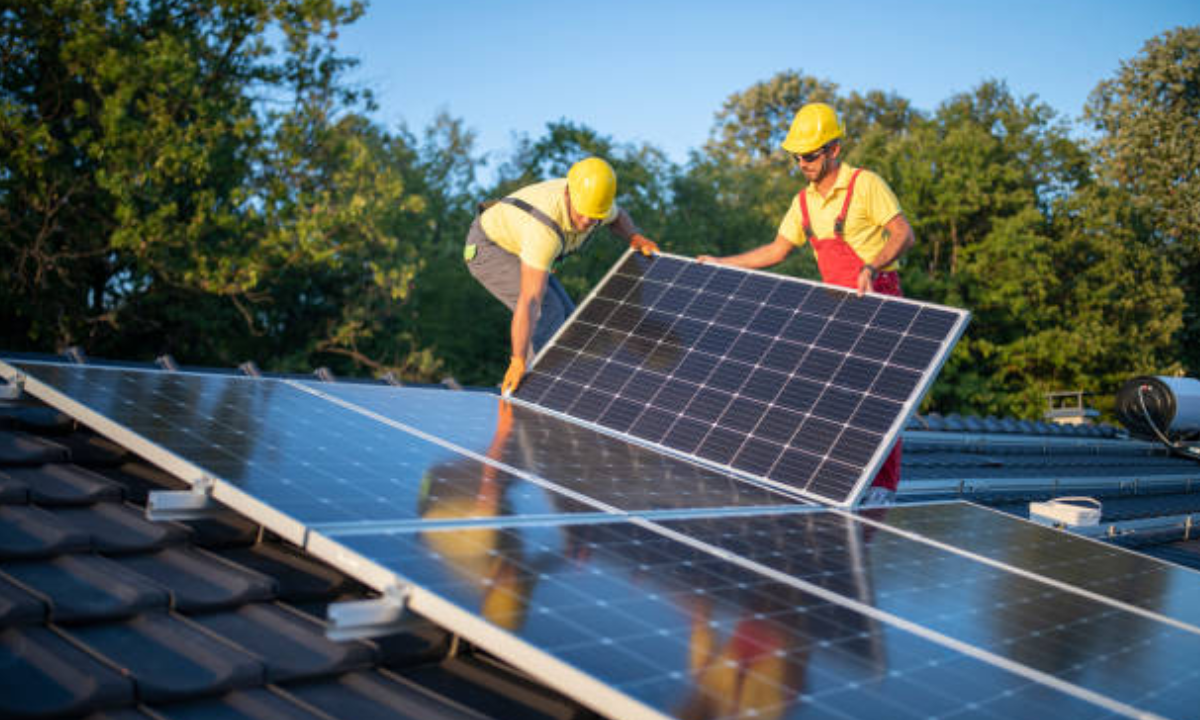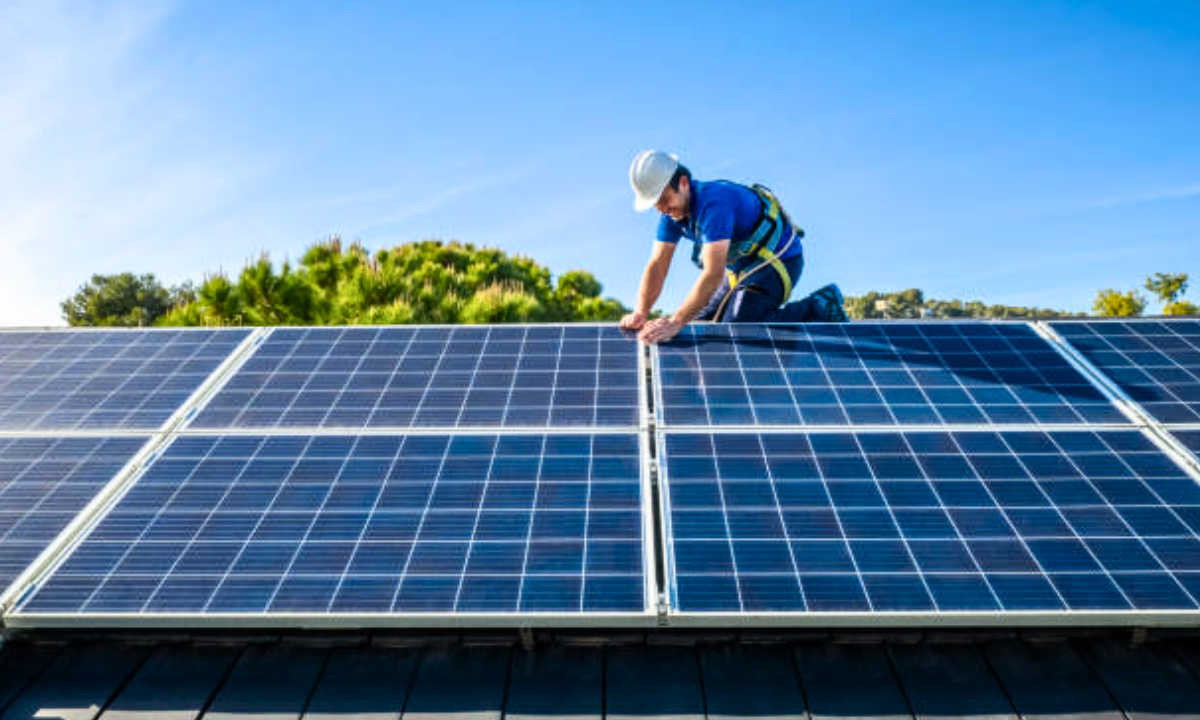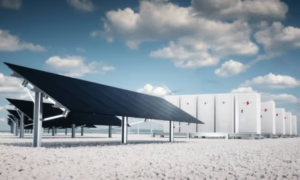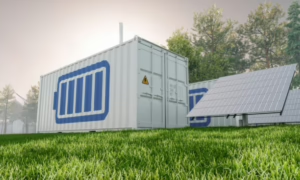Solar panels have become an increasingly popular source of renewable energy, more homeowners and businesses are adopting solar energy systems. Selecting the appropriate solar panel is critical for increasing efficiency, cost-effectiveness, and adaptability to certain applications. Solar panel dealers in India offer a wide variety of options, each with their own set of features and benefits.
We’ll look at four varieties of solar panels: monocrystalline, polycrystalline, thin-film, and monoPERC. Understanding the variations between these types will allow you to make an informed decision about which solar panel is appropriate for your energy requirements. Whether you’re a homeowner wanting to lower your energy bills or a business looking to be more sustainable, understanding the benefits and drawbacks of each can help you choose the best solution.
What are the different types of solar panels?

Monocrystalline Solar Panels: These panels are composed of a single crystal structure, resulting in great efficiency and a smooth, consistent appearance. They are well-known for their durability and performance, although they can be expensive.
Polycrystalline solar panels: These are made up of many silicon crystals, are typically less expensive and more efficient. They feature a distinctive speckled blue appearance and are a budget-friendly solution for many.
Thin-film solar panels: These are known for their flexibility and lightweight nature, and they can be employed in a variety of applications, including curved surfaces. They operate well in low-light environments but have lesser efficiency than crystalline panels.
MonoPERC Solar Panels: An upgraded variant of monocrystalline panels, MonoPERC panels have additional layers to improve efficiency and performance, particularly in challenging situations. They are extremely efficient but usually come at a greater price.
Monocrystalline Solar Panels
Monocrystalline solar panels are made of a single, continuous crystal structure, resulting in a sleek, black appearance with rounded edges. These panels are known for their great efficiency and long-term durability. Their consistent hue and small shape make them a popular choice for people looking for dependable and high-performance solar solutions. REC Solar Panels are unique among leading companies due to their groundbreaking monocrystalline technology, which provides high efficiency and performance. Monocrystalline panels, particularly those built by well-known manufacturers like REC Solar, are an excellent choice for consumers looking for a high-quality solar panel with a proven track record of dependability.
Benefits and drawbacks of monocrystalline solar panels.
Pros
High Efficiency: Monocrystalline panels are among the most efficient, often reaching 20% efficiency, allowing them to generate more power in less space.
Long Lifespan: These panels are built to last, with guarantees of 25 years or more, ensuring a long-term investment.
Space Efficiency: Due to their high efficiency, they may be installed in small locations while producing the same amount of energy.
Cons
Cost: Monocrystalline panels are more expensive than other varieties due to their complex production process.
Performance in Low Light: Monocrystalline panels may not perform well in low-light or overcast environments, leading to decreased total energy generation.
Polycrystalline Solar Panels
Polycrystalline solar panels are composed of many silicon crystals fused, giving them a characteristic speckled blue appearance. These panels are usually less expensive to manufacture than monocrystalline panels, making them an economical choice for many solar projects. While they may not be as efficient as monocrystalline panels, they nonetheless offer reliable performance and durability. For consumers looking for high-quality options, Panasonic solar panels provide a variety of polycrystalline solutions that combine dependability and affordability. If you want to strike a compromise between price and performance, polycrystalline panels, particularly those from reputable manufacturers such as Panasonic, are worth considering.
Pros and Cons of Polycrystalline Solar Panels
Pros
Cost-effective: Polycrystalline panels are less expensive to manufacture, making them an attractive option for many.
Good Performance: They strike a good balance between cost and efficiency, with typical efficiencies of 15-17%.
Durability: These panels are known for their strength, with a lifespan of 20-25 years which ensures long-term dependability.
Cons
Lower Efficiency: Polycrystalline panels are often less efficient than monocrystalline panels, requiring more panels to produce the same quantity of energy.
Temperature Sensitivity: They are more susceptible to higher temperatures, which might impair their efficiency in hot areas.
Thin-Film Solar Panels
Thin-film solar panels are made by layering one or more photovoltaic materials on a flexible substrate to produce a lightweight and versatile panel. This design makes them appropriate for a wide range of applications, including those with curved or uneven surfaces. Thin-film panels are noted for their flexibility and versatility, but they are often less efficient than crystalline panels. Adani Solar Panels offers a variety of thin-film choices that strike a compromise between flexibility and performance. If you’re searching for a solar system that can meet a variety of installation requirements, thin-film panels from reputable firms like Adani are worth investigating.
Benefits and drawbacks of thin-film solar panels.
Pros
Versatility: Thin-film panels are exceedingly adaptable, making them suitable for a wide range of applications, including installation on curved surfaces and portable solar systems.
Lightweight: They are easier to transport and install than more stiff panel types.
Performance in Low Light: They excel in low-light environments and can work efficiently at higher temperatures.
Cons
Lower Efficiency: Thin-film panels typically have lower efficiency rates, ranging from 10-12%, and require more space to create the same amount of energy as crystalline panels.
Space Requirements: Because of their poorer efficiency, they require a bigger area to produce the same energy output.
Shorter Lifespan: They typically have a shorter lifespan than crystalline panels, which may impact long-term performance.
MonoPERC Solar Panels
MonoPERC (Passivated Emitter and Rear Cell) solar panels are a more advanced variant of monocrystalline technology. These panels have an extra layer on the back of the cells that increases efficiency and overall performance. This additional layer decreases energy losses while increasing light absorption, making MonoPERC panels exceptionally efficient. Novasys Solar Panels are known for their MonoPERC technology, which improves performance and durability. If you want cutting-edge solar solutions with higher efficiency, MonoPERC panels from well-known manufacturers such as Novasys are a great way to improve your solar energy system.
Pros and Cons of MonoPERC Solar Panels
Pros
High Efficiency: MonoPERC panels are incredibly efficient, often exceeding 22%, making it one of the most effective solar panel systems available.
Better Low-Light Performance: These panels work well in low-light and high-temperature environments, delivering more consistent results throughout the day.
Space Efficiency: MonoPERC panels, like regular monocrystalline panels, are space efficient, letting you generate more energy in a smaller area.
Cons
Cost: MonoPERC panels are generally more expensive than regular monocrystalline and polycrystalline panels, reflecting their superior technology.
Complexity: The additional manufacturing processes necessary for MonoPERC panels can make them slightly more complex and expensive to manufacture.
Conclusion: Which Solar Panel Is Ideal for You?
Your specific needs, budget, and installation site will all influence the type of solar panel you select. Monocrystalline solar panels are appropriate if you desire great efficiency and long-term performance and are willing to pay a higher initial cost. These panels are great for those looking to generate a large amount of energy in a compact space. Polycrystalline panels, on the other hand, offer a reasonable balance of cost and efficiency, making them excellent for larger installations with ample space.
Thin-film panels are an excellent solution for individuals who need lightweight and flexible panels, especially in low-light conditions. They provide versatility and adaptability for a wide range of applications. Finally, despite their higher initial cost, MonoPERC panels represent the pinnacle of efficiency and performance in a wide range of applications. By researching the alternatives of reputable solar panel distributors in India, you may find the ideal solution for your energy needs. Understanding the many benefits and limitations of each type will enable you to make an informed decision that aligns with your energy goals and budget.
Sun-AP Ecopower is one of the leading solar panel distributors in India, providing high-quality solar products nationwide.




